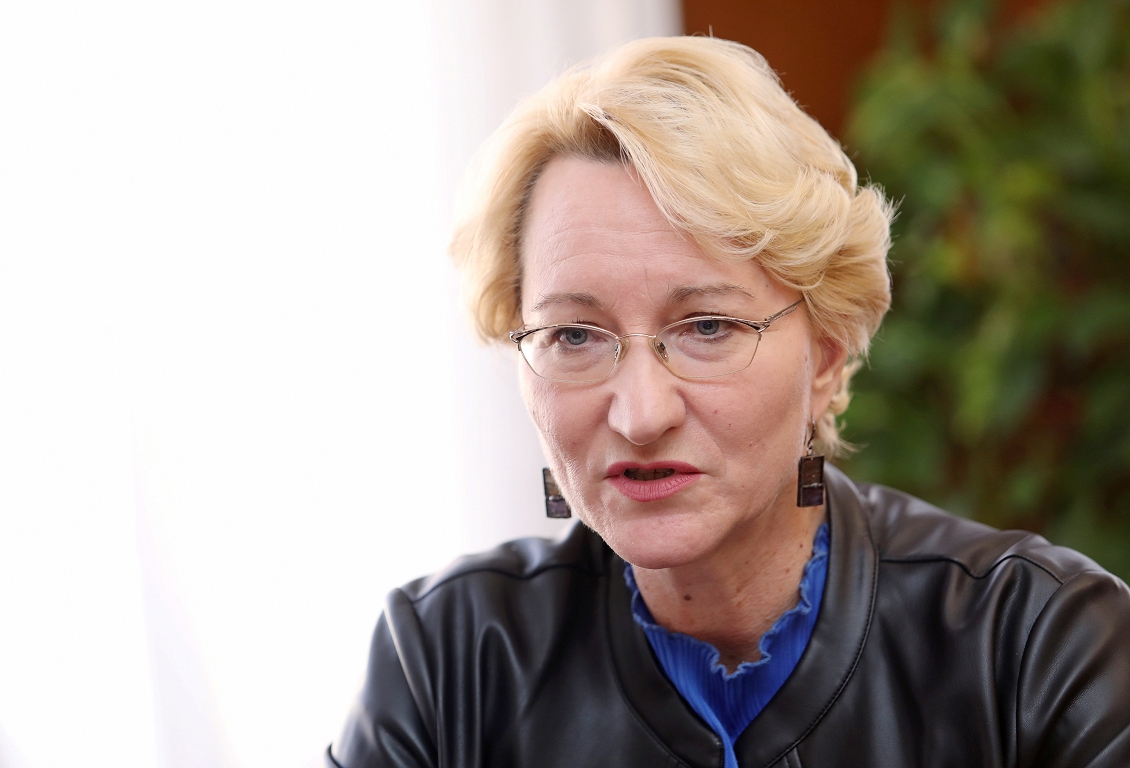The Ministry of Finance has updated Macroeconomic Indicators forecasts / Day

Economic growth for this year is expected to be 1.1%, which is 0.1 percentage points less than the MoF had scheduled for early February, preparing the progress report of the fiscal plan. Economic growth forecasts for the coming years have not been changed, retaining 2.1% respectively for 2026 and 2.2% for the next three years.
The reduction of the forecast for 2025 is mainly due to adult uncertainty about economic growth in external markets following announcements by US tariffs, as well as the slightly weakest performance of the Latvian economy in the first quarter of this year. This was mainly determined by the weather -related fall in the energy sector, as well as the downturn in the healthcare industry.
At the same time, unlike last year, when the more related sectors were growing up in the public sector, in the first quarter of this year, the rise was recorded in most manufacturing and service industry. Including a strong increase in construction and investment, growth in manufacturing and transportation is restored, and accommodation and catering as well as information and communication services have also grown. This gives rise to a stronger economic growth in the next quarters, with a 0.3% decline in the first quarter a total of 1.1%. With the growth of strong wages, all the preconditions for a faster increase in private consumption are still. Rapid development this year is also expected in investment projects, while accelerated economic growth in Latvia’s main trading partner countries also provides a moderate increase in exports.
Although the eurozone and the European Union have been reduced in recent months, Latvia’s largest foreign trade partner countries are expected to grow faster this year than last year. The weighted average growth of the top ten Latvia’s foreign trade partner countries this year reaches 1.8%, compared to 1.1%.
Considering faster than expected food prices as well as generally upward changes in heat tariffs, inflation forecasts for 2025 are raised to 3.5%, compared to 2.5%in February. The next year is expected to decline inflation to 2.3%, followed by a 2.2% stabilizing price, which corresponds to the level of converting country prices.
With the economic decline in the first months of this year, the unemployment rate has risen slightly, and the unemployment forecast is slightly adjusted up to 6.9% for this and 6.3% next year. Despite this adjustment, the overall trend in unemployment remains, which is determined by both the decrease in the capacity population and the restoration of faster economic growth. Unemployment may drop to 5.4%by 2029, respectively. At the same time, the forecast of the population employed in the economy, which is also influenced by the demographic situation, has also been slightly reduced.
The average monthly wage after the rapid rise in the previous two years is increasing this year slightly slower than in the previous two years. However, the growth rate in the first months of the year was still strong, and the average wage growth forecast for this year was raised to 7.5% and 2026 to 6.0%.
When developing macroeconomic indicators forecasts, the MoF was based on conservative assumptions, as well as assessed the risks of external and internal environment, which, through implementation, may prove to be faster or slower than the basic forecast. It should be noted that the forecasts are still developed in very high uncertainty. Among the most important negative risks are trade tariff wars, which can faster economic growth in Latvia’s foreign trade partner countries, the geopolitical situation in the region and conflicts in the world, as well as the preservation of high inflation and delays in the implementation of investment projects. At the same time, there are positive risks that include the unrealization of negative scenarios, the resolution of trade conflicts and the termination of war in Ukraine.
During the forecast preparation process, the MoF consulted with experts from the Bank of Latvia, the Ministry of Economics and the commercial banks. The forecasts of macroeconomic indicators on June 10, 2025 were approved by the Fiscal Discipline Council.





